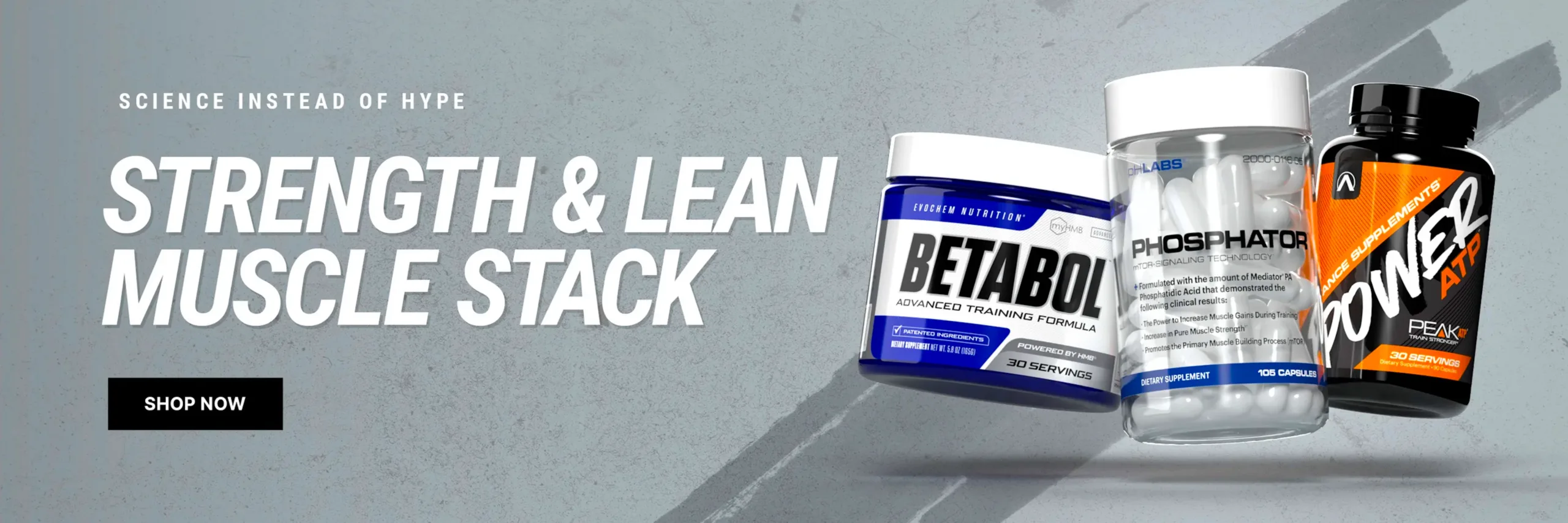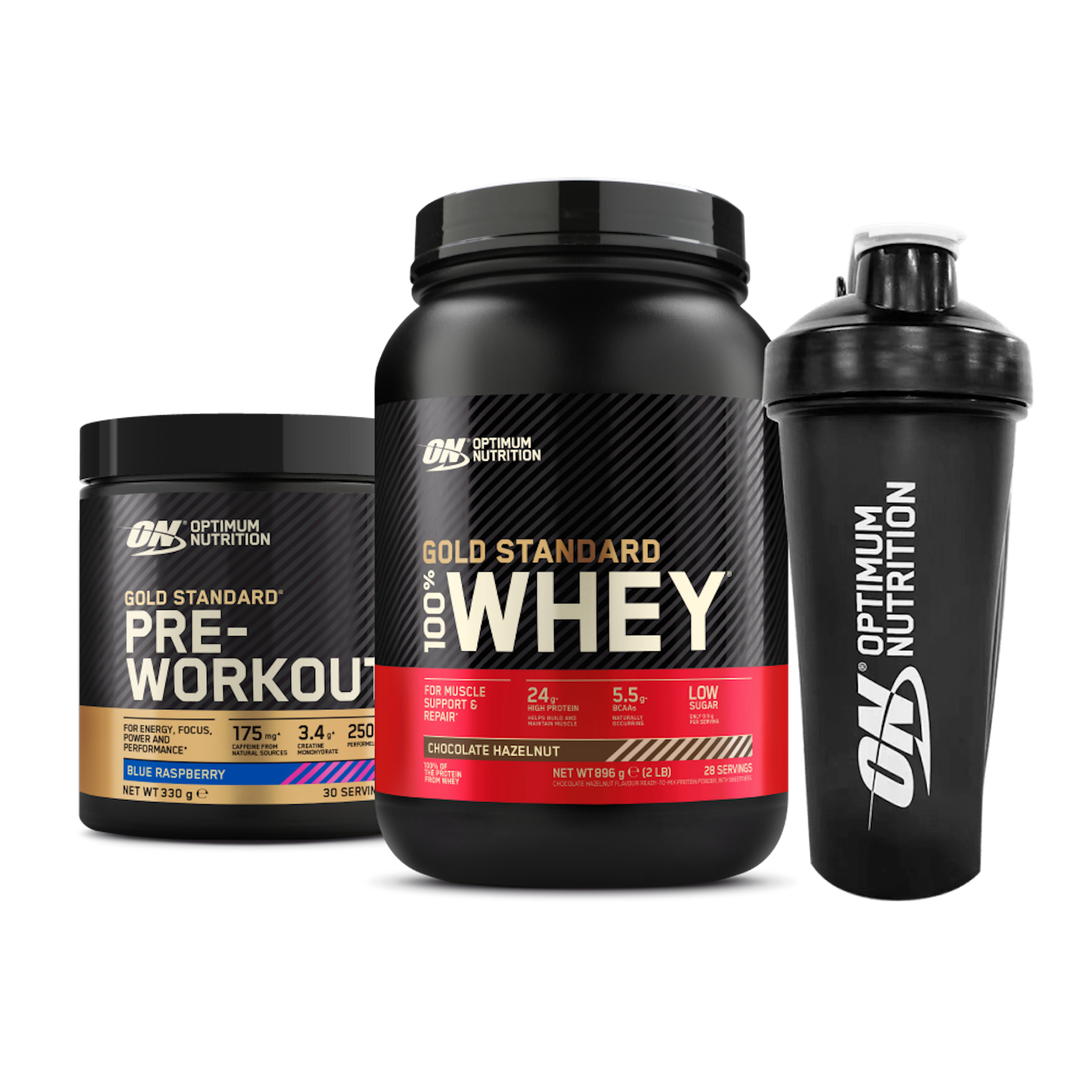The Squat is the king of lower body exercises, and for good reason. It works a multitude of muscle groups, from your quads and hamstrings to your glutes, core, and even your lower back. But mastering the squat and seeing consistent progress can be a challenge.
Squats are lifting royalty for curing chicken leg syndrome’ and building high-performance muscle mass. Squats develop total-body strength, stimulate tons of total body muscle growth, and improve athleticism. Yep, the squat reigns king among bang-for-your-buck exercises.
“To maximize the squat you need the mobility to reach proper position and the stability to control movement through the intended range of motion.”
Problem is, most lifters have the mobility of a cast-iron skillet and lack the ability to squat safely and effectively. To maximize the squat you need the mobility to reach the proper position and the stability to control movement through the intended range of motion.
It’s time to maximize your squat potential through improving technique, mobility, and execution. With these ten tips, you’ll take your squat performance to new levels.
This article will equip you with the ultimate 10 killer tips to elevate your squat game and witness those strength gains you’ve been chasing.
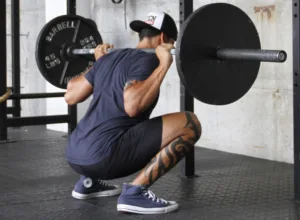
 1. Dial in Your Form: The Foundation of Success
1. Dial in Your Form: The Foundation of Success
Before piling on weight, prioritize flawless form. A proper squat protects your joints and ensures you target the right muscles. Here’s the breakdown:
- Stance: Shoulder-width or slightly wider, toes pointed slightly outward.
- Depth: Reach parallel depth, where your hips crease dips below your knees. A deeper squat might be beneficial for some, but listen to your body.
- Back: Keep your core engaged and back straight, with a slight arch in your lower back.
- Knees: Track your knees over your toes, avoiding valgus (knees caving inward).
- Bracing: Brace your core as if you’re about to be punched in the stomach. This stabilizes your spine.
2. Squat Twice a Week: Frequency is Key
Squatting twice a week allows for targeted training and optimal recovery. Here are two approaches:
- Strength & Speed: Dedicate one session to heavy weights (85-95% of 1 rep max) for building raw strength. The other focuses on speed squats (40-75% of 1 rep max) to develop explosiveness.
- High Volume & Low Volume: One session focuses on higher reps (15-20) with a moderate weight for hypertrophy (muscle growth). The other uses lower reps (6-8) with heavier weight for pure strength gains.
3. Train for Maximum Strength: Building a Base
Squatting heavy builds the foundation for overall strength. Include sets of 1-5 repetitions with a weight that challenges you towards the end of the set. This stimulates your nervous system and muscle fibers to adapt and grow stronger.
4. Train Submaximal Reps for Power: Building Explosiveness
Power is essential for athletic performance and translates to higher jumps and faster sprints. Train with weights in the 60-80% range for sets of 3-5 repetitions to develop explosive power in your squat.
5. Train Speed and Speed-Strength: Unleash Your Inner Athlete
Speed squats with lighter weights (30-50% of 1 rep max) for sets of 6-8 repetitions develop speed and explosiveness out of the bottom of the squat. This translates to quicker movements in various athletic endeavors.
6. Squat Depth Matters: Finding Your Sweet Spot
While “ass to grass” squats have their place, full depth isn’t always necessary for everyone. Find a depth that allows you to maintain proper form throughout the movement. This might be just below parallel for some individuals.
7. Don’t Neglect Ankle Mobility: Unlock Your Squat Potential
Tight ankles can limit your squat depth and technique. Implement regular ankle mobility exercises like dorsiflexion stretches and mobility drills to unlock a deeper, more comfortable squat.
8. Warm-up Wisely: Preparing Your Body for Success
A proper warm-up is crucial to prevent injuries and improve squat performance. Include dynamic stretches like lunges, high knees, and butt kicks to prepare your muscles and joints for the demands of squatting.
9. Progression is Key: Don’t Get Stuck in a Rut
Continually challenge yourself by gradually increasing weight, reps, or sets over time. This process, called progressive overload, forces your muscles to adapt and grow stronger. Track your workouts to monitor progress and adjust your training plan accordingly.
10. Prioritize Recovery: Give Your Body Time to Rebuild
Don’t squat every day. Allow your muscles adequate rest (48-72 hours) between squat sessions to repair and rebuild. Utilize active recovery methods like light cardio or yoga on rest days to promote blood flow and recovery.
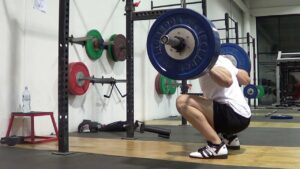

Check Out Our List Of The Best Supplements For Building Muscle, Shredding Muscle, Recovery, And Great Health, and Wellness Products! Purchase ifbnewsfeed.org‘s apparels Here: ifbnewsfeed.org
Additionally 10 Ultimate Killer Tips to Boost Your Squat
-
1. Train for Maximum Strength
Despite the fact you need to train heavy to build maximum strength, people often neglect heavyweights.
Yes, training with submaximal loads will spare your joints and nervous system to a degree, but even to maximize submaximal training you need a base of absolute strength.
Training at 60% 1RM for speed is much more effective when your 1RM is 1.5 to two-times your bodyweight.
Heavy lifting is generally defined as 85+% maximum effort for multiple sets of one to five reps. But it’s best to avoid missing lifts. Missing lifts consistently zaps your nervous system, engrains poor technique, and wrecks your confidence.
Hit the reps you know you’ll make and save yourself for the occasional max-out attempts.
-
2. Train Submaximal Reps for Power
Strength-speed and speed-strength are synonymous with power. They produce a sky-high power output compared with longer-duration, lower-velocity maximum strength exercises.
“Compare a tractor-trailer and a Ferrari. It’s great to have a ton of horsepower, but for high performance, it’s best to generate horsepower rapidly.”
For breaking lifting plateaus or achieving more weight-room transfer from athletes, power development is key. Compare a tractor-trailer and a Ferrari.
It’s great to have a ton of horsepower, but for high performance, it’s best to generate horsepower rapidly. Remember: Power= Work/Time
Most research shows that maximum power is achieved through moving moderate loads at high velocity with loads of 40-60% of your 1RM.
Depending on the athlete, there will be differences within this range and some experimentation will be needed to find what’s best.
For a big squat, speed squats are ideal for power development and technical practice.
These can be used as long as a decent base of absolute strength is present and technique isn’t an issue.
-
3. Train Speed and Speed-Strength
Speed-strength works the lower-load, higher-velocity component of the force-velocity curve to train explosive power.
Once again, the greater your base of absolute strength, the easier it will be to express explosive strength. For most lifters, keep the emphasis on explosive jumps that match the biomechanics of the squat closest, i.e. jump squats.
There are tons of variations that address the speed of movement, landing mechanics, and power without too much risk.
Your best choices are broad jumps, vertical jumps, and box jumps to increase your rate of force development and explode through sticking points.
Stick to single-response jumps and ensure sound landing mechanics before moving to multi-response jumps.
-
4. Squat Twice Per Week
Multiple squatting sessions per week maximize technical and neuromuscular efficiency through training at variable intensities.
Squatting twice per week allows you to focus on one heavy and one-speed session. Separate these sessions by 48-72 hours for a full recovery.
“Targeting the squat pattern with multiple sessions per week while addressing the force-velocity spectrum leads to greater gains in power, strength, and explosiveness.”
I like to combine a speed-strength method before squatting, followed by maximum strength (85-95+%) on the first squat day.
On the second day, I’ll emphasize a pure speed movement with a submaximal strength-speed squat (40-75%). Targeting the squat pattern with multiple sessions per week while addressing the force-velocity spectrum leads to greater gains in power, strength, and explosiveness.
-
5. Train Your Squat Depth
Yes, building a big squat is great and should improve multiple performance parameters. But the keyword is “should.”
Too many coaches and athletes sell out for big totals in the “big three” and being hardcore with ass-to-grass (ATG) squats no matter what.
While ATG will earn you props on the interwebz, it doesn’t mean anything if you’re risking injury to the lumbar spine. If you squat to depth without a tuck – keep going.
But if you can’t maintain position due to lack of core control or bony hip anatomy, don’t force a deep squat.
-
6. Cycle in Front Squats
Yes, back squats take the title as the King Builder, but front squats offer a plethora of benefits:
- Increased core integrity, allowing greater depth without compromised spinal position and, thus, greater relative muscle activation at lighter weights compared to the back squat.
- Similar muscle activation of the back squat without as much joint compression and shear stress due to using less weight.
- Increased strength requirements of the thoracic extensors to hold the position – a bonus for desk jockeys with kyphotic posture.
-
7. Spread the Floor
Allowing the knees to buckle in, known as valgus collapse, is a great way to reinforce poor mechanics and set you up for a knee injury.
For most people, allowing the knees to buckle engrains a dangerous technique, especially if it leads to uncontrolled valgus collapse during sport or recreation activities.
“Allowing the knees to buckle in, known as valgus collapse, is a great way to reinforce poor mechanics and set you up for a knee injury.”
Prevent valgus collapse by spreading the floor and pushing the knees out during the squat. This emphasizes hip and posterior chain development and will skyrocket your squat numbers.
-
8. Train the Pause
If you’re squatting to depth, you need to be stable in the bottom position. Train the pause by using submaximal loads and squatting to maximum depth while maintaining trunk integrity (this means no butt-wink).
Unless you’re training for a big total and need to hit a certain depth, the risk versus reward probably isn’t worth rock-bottom squat under load in the presence of butt-wink.


-
9. Bend the Bar
Don’t be lazy with the bar. Get your Hulk on and try to bend it around your body.
If you’re not actively applying force to the bar, the bar will act on you – jumping off or burying you in failure.
“If you’re not actively applying force to the bar, the bar will act on you.”
Drive your elbows down and back to engage the lats, provide a larger shelf for the barbell, and create additional stability in the trunk.
Over 200 muscles are activated during squat performance. Use them all to maximize your squat performance.
Additionally, you’ll prevent the bar from jumping off your back during explosive squats, improving rep quality and decreasing injury risk.
You don’t want to be that chump who loses a barbell behind your back during training anyway.
-
10. Rack at the Correct Height
We’ve all seen it: a rack set-up too high, a calf-raise walkout followed by the poor sap nearly cracking his skull when re-racking.
Besides inappropriate barbell loading, improper rack set-up is the best way to get injured.
Set the rack up with the barbell set between nipple and shoulder height, low enough to allow you to squat to weight out and easily re-rack, as well.
-
Summary
The squat is a technical movement and squatting appropriately for your body type and goals are imperative to long-term success. Optimize your technique first, and then start piling on plates.
Take these tips into consideration and you’ll be squatting big weights without pain for years to come.
Bonus Tip: Embrace the Mind-Muscle Connection
Focus on the muscles you’re working throughout the squat. Feel the tension in your quads as you descend, the squeeze in your glutes as you drive up. This mind-muscle connection enhances your control and optimizes muscle activation.
Wrapping Up
By incorporating these 10 killer tips into your squat training routine, you’ll be well on your way to unlocking your full squatting potential. Remember, consistency, proper form, and progressive overload are the keys to witnessing those squat numbers climb steadily. So, rack the weight, focus on technique, and get ready to conquer those squats!
More About Build Bigger, Stronger Legs with Dumbbells Contents
- The Best “10 Must-Do Leg Workouts And Exercises” You Shoulder Consider To Apply Them In Your Legs Day
- The “3 Outer Quad Exercises” for Sculpted Legs & Tips for Building Strong and “Massive Outer Quadriceps”
- Build Up Insane And Shredded Legs (Quads & Hamstrings) With These “5 Best Dumbbell Exercises”
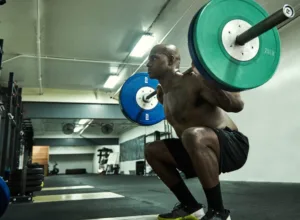
- Get $200 With Your 1st Order Because Your Health Matters
- Best Supplements For Muscle Building, Strength & Champion Performance
- Best Supplements For Intense Energy, Performance & Endurance
For More News And Daily Updates, Follow IFBNewsfeed.Org™🇺🇸 on Facebook, Twitter, and Instagram. Comment, Like, And Share With Everyone Who May Need To Be Updated With The Most Recent Fitness/Bodybuilding/Powerlifting And CrossFit News.



